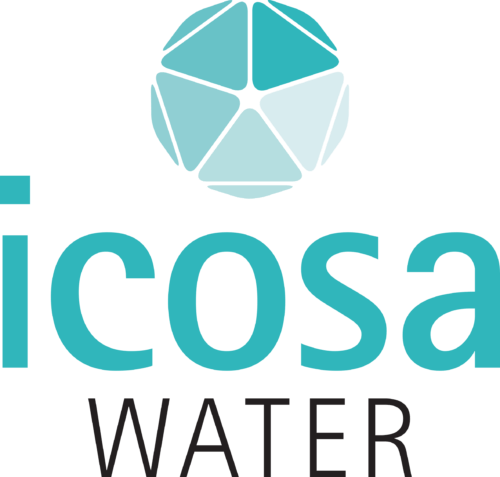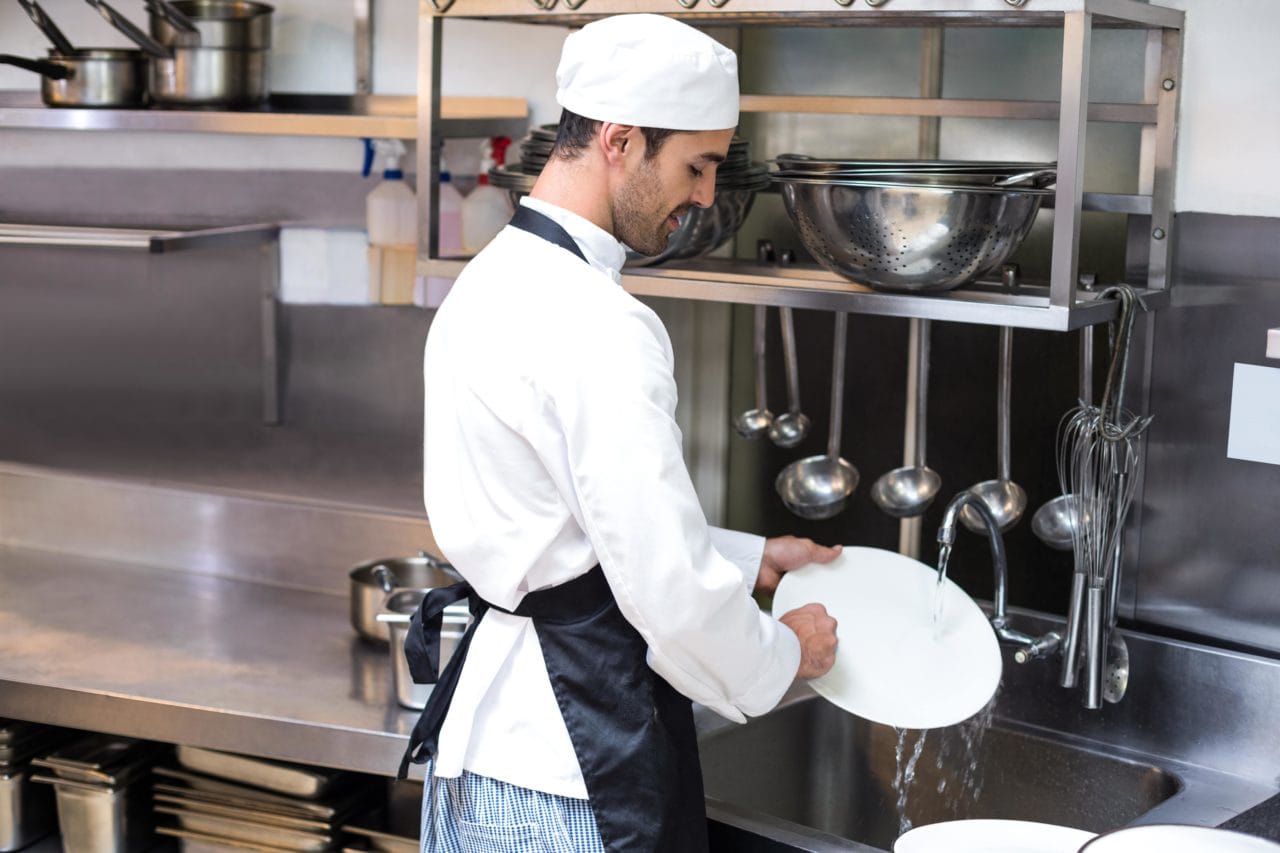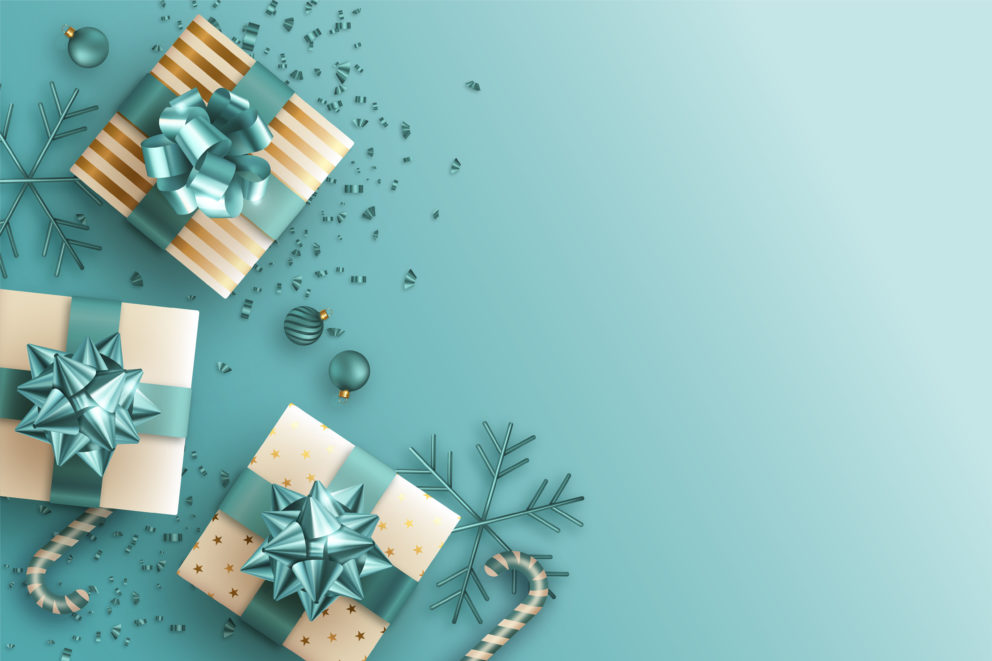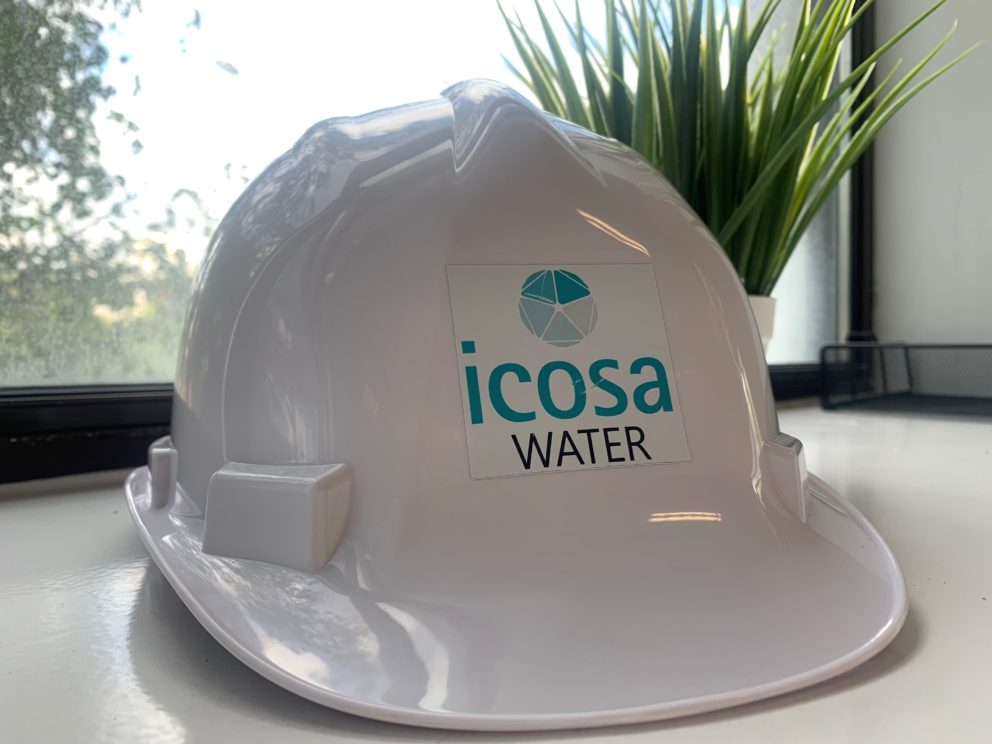Whatever your business, small changes to how you use water in the workplace can make a big difference.
Here are some water saving tips for business customers.
Some tell-tale signs to help you spot leaks
- Damp patches in or outside the property
- Lush vegetation in dry periods may be indications of leaking pipes
- Leaking overflow systems
Metered customers – diagnosing a leak
If your meter reading or bill is unusually high it may indicate you have a leak. You can use your meter to check if you have a leak on the pipework after the meter:
- Turn off all taps
- Find your water meter and take a reading (including the red digits)
- Do not use any water for a length of time (e.g. overnight)
- Read the meter again
If the second reading is higher than the first there may be a leak.
Many businesses now have smart technology that allows them to monitor and get data on water usage at regular intervals. This can help identify abnormal or unusual usage such as a leak. Regular monitoring means any such anomalies can be quickly investigated.
Employee awareness
Introduce water saving information, employee suggestions scheme or arrange a water efficiency session to increase awareness of the importance of using water wisely.
In the kitchen or canteen
- Use a dishwasher instead of washing up plates and mugs separately – and make sure it is full before switching it on.
- If washing by hand – fill a bowl of water rather than washing dishes under the tap let it run to waste down the plug.
- A water cooler will give employees direct access to cold water rather than having to run a tap, alternatively keep jugs/refillable bottles of cold water in the fridge.
In the toilet or washroom
- Taps – A dripping tap can waste a lot of water. It’s often just a simple washer which is relatively inexpensive.
- Urinal flushing – Uncontrolled urinals can waste hundreds of litres per hour. If you are replacing outdated equipment, using a control device can reduce water consumption by 70% by ensuring that flushing stops when the premises are not in use. Waterless urinals are also available.
- Toilet flushing – Older toilets can use up to 13 litres per flush. If you have an older cistern, try a water saving device such as a “Hippo” or a “Save-a-Flush” bag. This will save between one litre and three litres per flush. You can also convert many syphons to dual flush.
- Leaking toilets – Modern dual flush (button operated) toilets can leak due to sticky buttons or passing valves. This can waste over 250 litres an hour. Check all toilets for leaks – you can usually see a trickle of water running down the back of the pan.
- Showers – Modern, efficient showerheads can help reduce water use by up to 50% and shower timers help remind people to take shorter showers.
Grounds
- Large quantities of water can be wasted on grounds maintenance particularly during the summer months.
- Hosepipes and sprinklers – These can use 1000 litres per hour so keep landscape irrigation watering to a minimum. Grass is a great survivor and doesn’t need watering. Fitting a trigger nozzle to a hosepipe ensures water stops flowing as soon as it is released.
- Water butts – Consider collecting rainwater in a tank or butt and using it for watering plants and shrubs. When landscaping try to select plants and shrubs that are tolerant of dry conditions.
Cleaning
- Vehicle washing – try to reduce your vehicle washing activities. When washing vehicles or equipment consider recycling the water.
- Window cleaning – Look for opportunities to reduce or prioritise window cleaning activities
Familiarise yourself with plumbing arrangements
- Meters – Find and regularly read your meters and sub meters.
- Watch out for leaks – Checking for leaks is something every customer should do regularly


 >
> >
>